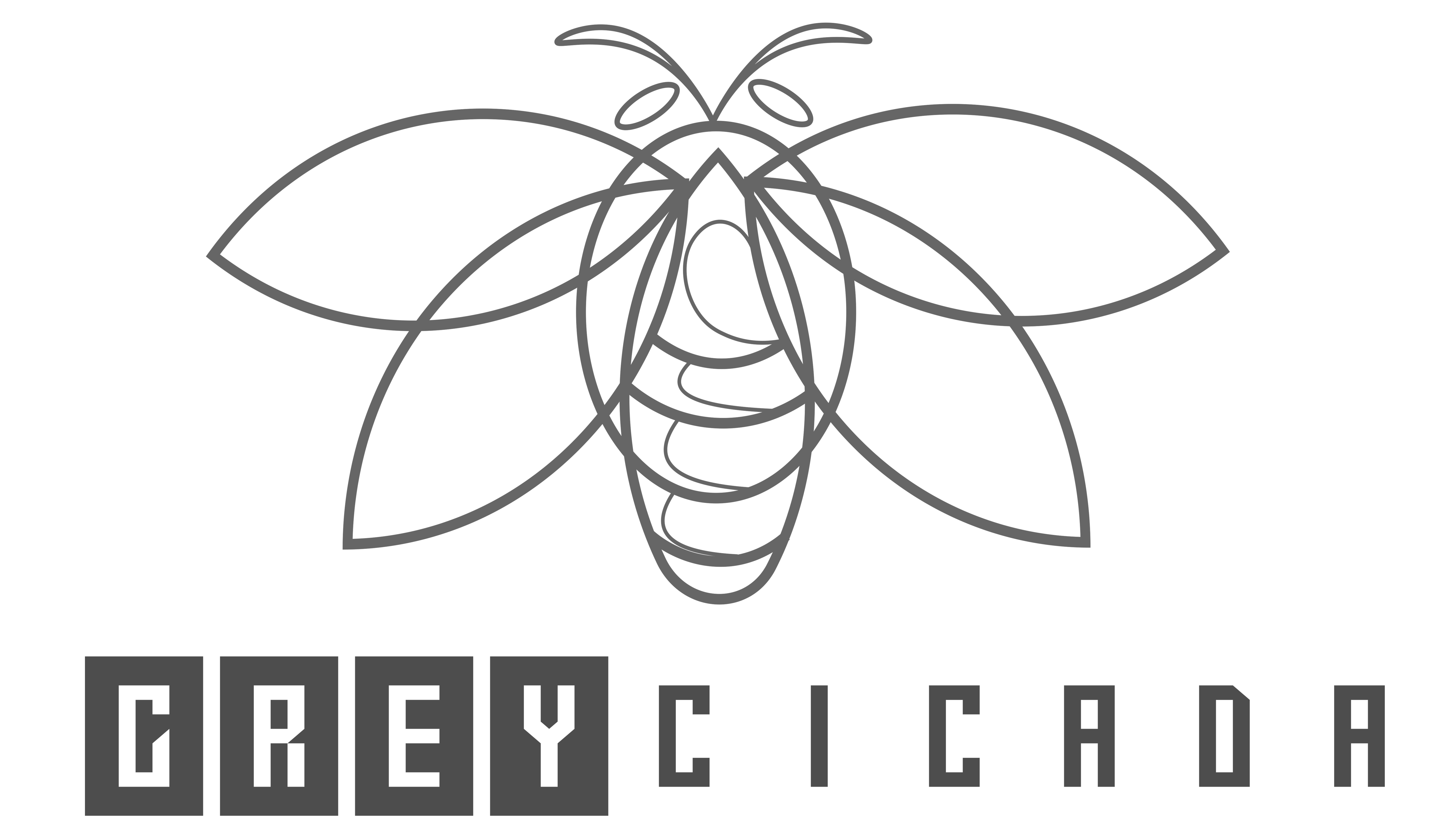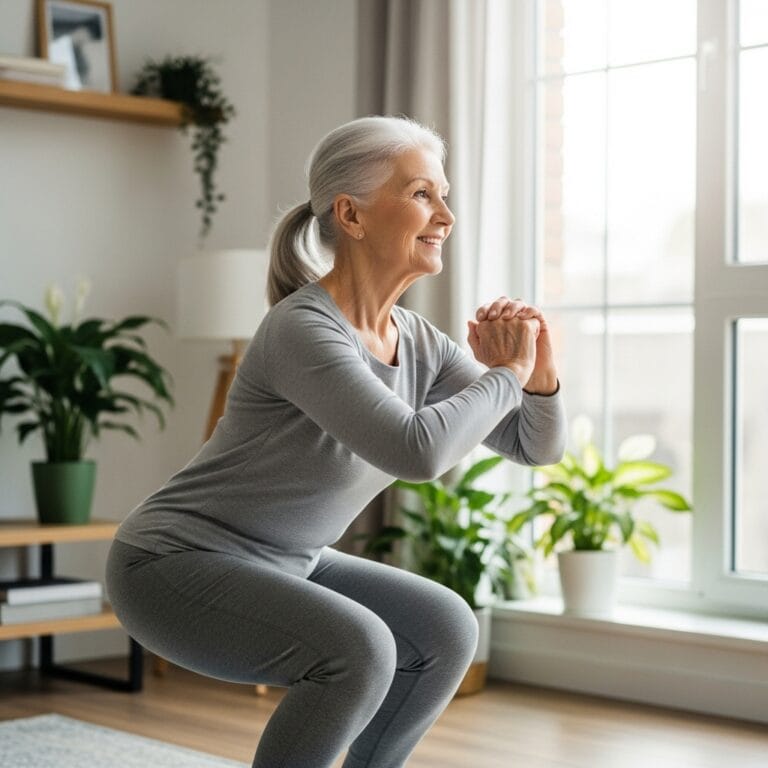FREE SHIPPING OVER $50
The Workout Method Helping Seniors Stay Strong, Independent, and Energized—No Matter Their Age

For too long, the default fitness advice for seniors focused primarily on low-impact walking or gentle stretching. While these activities offer undeniable benefits, they often fail to address the core problem facing individuals over 60: the gradual, yet devastating, loss of muscle mass and functional strength. This is the key factor that determines not just how long you live, but how well you live, impacting everything from your ability to open a jar to your confidence climbing a flight of stairs.
The real secret to aging successfully isn’t found in endless light cardio. It lies in a shift toward functional strength training, a strategic workout method designed not for gym aesthetics, but for the demands of daily life. This method is revolutionizing senior health by directly combating sarcopenia (age-related muscle loss) and dramatically improving balance and mobility. By incorporating just a few key principles and movements, anyone, no matter their age or current fitness level, can reclaim their physical autonomy and boost their energy levels significantly.
Why Traditional Cardio Isn’t Enough for Independence
The desire to maintain independence and energy as you age is paramount, but simply walking, while great for the heart, does not provide the stimulus needed to reverse muscle loss or prevent falls.
The Sarcopenia Challenge
Sarcopenia, the progressive loss of muscle tissue, accelerates dramatically after age 50. This loss is accompanied by a decline in muscle quality and power.
- The Problem: Cardio is an endurance builder, not a muscle builder. It preserves the heart but does little to build the strength needed to catch yourself during a slip or stand up easily from a low chair.
- The Solution: The body needs the specific stimulus of resistance to signal muscle cells to grow and adapt. This workout method focuses on loading the muscles just enough to trigger that crucial adaptive response, which translates directly into functional strength.
Functional Fitness: The Key to Living Better
The workout method we’re discussing is centered on Functional Fitness. This means that every exercise prepares your body for real-world tasks.
- It’s about Movement: It focuses on training muscle groups to work together in patterns that mimic everyday life—pushing, pulling, squatting, hinging, and carrying.
- The Goal: Making the most challenging part of your day—whether it’s gardening or lifting a grandchild—feel easier and safer. This directly contributes to feeling energized because daily tasks require less overall effort.
The Core 4: Foundational Functional Movements
The most effective workout method for seniors prioritizes the four main movement patterns that are critical for maintaining independence and preventing falls. You don’t need heavy weights or a gym; simple dumbbells, resistance bands, or even just your body weight are enough to start.
1. The Squat (The Rising Power)
This movement is essential for getting up from chairs, off the toilet, and back up after a fall. It builds strength in the quads, glutes, and core.
- Goal: Increase the strength and endurance in your lower body so you can stand up without relying on your arms.
- Modification: Start with a Box Squat, where you squat down and touch a sturdy chair. This ensures correct form and provides a safe place to rest if needed. Gradually decrease reliance on the chair.
2. The Hinge (The Picking-Up Power)
The hip hinge is the basis of safely picking up objects from the floor (like a shopping bag or a fallen object) without hurting your back. The deadlift is the gold standard here.
- Goal: Build a strong posterior chain (glutes and hamstrings) to protect the spine from strain.
- Modification: Practice the Romanian Deadlift (RDL) with light dumbbells or a broomstick. Focus entirely on pushing your hips back while keeping your spine straight, feeling the stretch in the back of your legs.
3. The Push (The Door-Opening Power)
Pushing movements are necessary for everything from opening heavy doors to pushing yourself off the ground.
- Goal: Develop strength in the chest, shoulders, and triceps.
- Modification: Start with Wall Push-ups. Stand facing a wall and push away. As you get stronger, progress to incline push-ups off a sturdy counter or table.
4. The Pull (The Carrying Power)
Pulling movements—like rows—are vital for balancing the pervasive slouching that causes poor posture and back pain. They enable you to carry groceries and pull open drawers.
- Goal: Strengthen the upper back muscles (rhomboids and lats) to pull your shoulders back and reduce forward head posture.
- Modification: Use a resistance band tied to a door knob for seated rows, or perform Dumbbell Rows leaning on a bench or sturdy chair. Focus on squeezing your shoulder blades together.
The Balance Blueprint: Mastering Stability
Falling is the single biggest threat to independence for seniors. The workout method must place as much emphasis on balance and mobility as it does on strength.
The Importance of Power and Quickness
Balance isn’t just about static stillness; it’s about reaction time—the ability to generate quick muscle power to catch yourself during a slip. This is called Reactive Strength.
- Simple Practice: Practice standing on one foot while brushing your teeth. As you improve, close your eyes to challenge your vestibular system (inner ear) and proprioception (awareness of your body in space).
- Strength Integration: The squat and hinge exercises fundamentally improve balance because they strengthen the muscles that stabilize your knees and hips.
Ankle Mobility is Non-Negotiable
A surprising amount of instability comes from stiff ankles and feet. Seniors must maintain flexibility in their lower joints.
- The Fix: Practice simple heel raises and toe raises. Perform ankle rotations and write the alphabet with your feet before you get out of bed in the morning. This maintains the range of movement critical for absorbing uneven terrain without losing your balance.
The Energy Equation: Why Strength Equals Vitality
Seniors often feel low energy and attribute it to age, but it’s frequently a symptom of low muscle mass.
Muscle is Metabolic Currency
Muscle is the most metabolically active tissue in the body. It burns more calories at rest than fat, which helps keep your metabolism running smoothly.
- The Energy Boost: By rebuilding muscle through functional strength training, you essentially turn up your body’s internal furnace. This makes you more efficient at utilizing glucose and fat for energy, resulting in higher baseline energy levels throughout the day.
- The Glucose Benefit: Muscle acts as a storage tank for glucose. The more muscle you have, the better your insulin sensitivity, reducing the risk of Type 2 diabetes and preventing the energy crashes associated with blood sugar spikes.
Consistency Over Intensity: Starting the Journey
The great thing about this workout method is that consistency trumps agonizing intensity. You don’t need to feel completely exhausted to reap the rewards.
The Minimum Dose
Aim for 2 to 3 sessions per week of focused functional strength training. Each session should focus on the Core 4 movements and last no more than 30 to 45 minutes.
The Overload Principle
To continue seeing results—to continue staying strong and independent—you must apply Progressive Overload.
- How to Apply It: Once an exercise feels easy, you must increase the challenge. This could mean adding more repetitions (volume), using a heavier dumbbell (intensity), or slowing down the movement to increase time under tension. This constant adaptation is the real reason the body stays strong no matter their age.
Final Thoughts
The outdated notion that seniors should limit themselves to minimal exercise is a myth that compromises independence and limits potential. The most effective workout method for longevity is functional strength training, focused on the core movements (squat, hinge, push, pull) and relentless attention to balance. By consistently applying resistance to rebuild lost muscle and actively challenging your stability, you not only improve your physical capacity to stay strong and independent but also fundamentally increase your daily energy and vitality.
Related Articles
- The 5-Minute Morning Routine That Reversed My Hunchback and Boosted My Confidence
- I Did These 6 Wall Exercises Every Morning—My Rounded Shoulders Are Gone
- The Muscle Activation Tricks Natural Bodybuilders Don’t Want You to Miss
- Over 50? These 5 Exercises Rebuild Muscle and Reverse Aging—No Supplements Needed
- If You’re Over 45 and Can’t Pass These 4 Strength Tests, Your Mobility May Be at Risk



